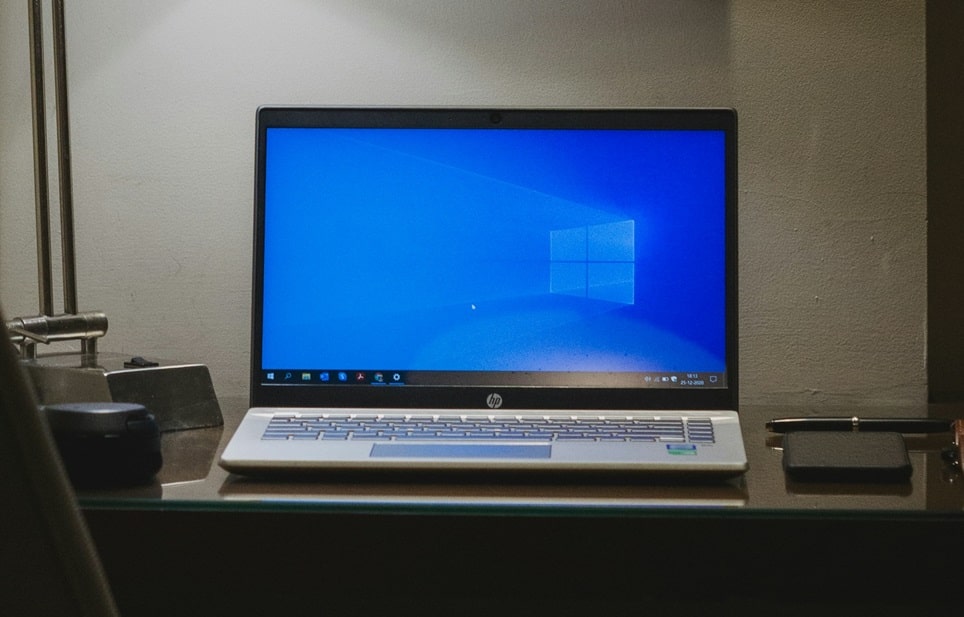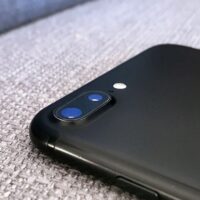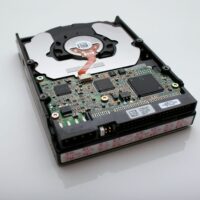
Formatting an SD card is a crucial task for maintaining optimal performance, resolving errors, or preparing it for use in cameras, smartphones, or other devices. Whether you need to erase all data, change the file system, or fix corruption, Windows 10 and 11 provide built-in tools to make the process straightforward. This guide will walk you through the steps to format an SD card using File Explorer, Disk Management, and Command Prompt, ensuring compatibility with FAT32, exFAT, or NTFS file systems.
Why Format an SD Card?
Formatting an SD card is essential for several reasons:
- Erase All Data: Completely wipe the card to remove old files and start fresh.
- Change File System: Convert between FAT32, exFAT, or NTFS to ensure compatibility with different devices.
- Fix Errors: Resolve issues like corruption, slow performance, or write protection.
- Prepare for New Use: Optimize the card for use in cameras, smartphones, or gaming consoles.
- Remove Viruses: Eliminate malware or viruses that may have infected the card.
Before proceeding, ensure you back up any important data, as formatting will permanently delete all files on the card.
Step-by-Step Guide to Formatting an SD Card on Windows 10/11
Method 1: Using File Explorer
File Explorer is the simplest way to format an SD card. Follow these steps:
- Insert the SD Card: Plug the SD card into your computer using a card reader.
- Open File Explorer: Press Win + E to open File Explorer, then navigate to “This PC.”
- Locate the SD Card: Find your SD card under “Devices and drives.”
- Right-Click and Select Format: Right-click the SD card and choose “Format.”
- Choose File System: Select the desired file system (FAT32, exFAT, or NTFS). For cards 32GB or smaller, FAT32 is recommended. For larger cards, use exFAT.
- Start Formatting: Click “Start” and wait for the process to complete.
Method 2: Using Disk Management
Disk Management provides more control over the formatting process:
- Open Disk Management: Press Win + X and select “Disk Management.”
- Locate the SD Card: Find your SD card in the list of drives.
- Delete Existing Partitions: Right-click the SD card and select “Delete Volume” (if applicable).
- Create a New Volume: Right-click the unallocated space and choose “New Simple Volume.”
- Follow the Wizard: Assign a drive letter, choose the file system, and complete the formatting process.
Method 3: Using Command Prompt (Diskpart)
For advanced users, the Command Prompt offers a powerful way to format an SD card:
- Open Command Prompt as Administrator: Press Win + X and select “Command Prompt (Admin).“
- Type the Following Commands:
diskpartlist diskselect disk [number](replace [number] with your SD card’s disk number)cleancreate partition primaryformat fs=fat32 quick(orexfatorntfs)exit
Choosing the Right File System
The file system you choose depends on the SD card’s capacity and intended use:
- FAT32: Best for SD cards 32GB or smaller. Compatible with most devices, including cameras and older systems.
- exFAT: Ideal for SD cards larger than 32GB. Supports large files and is compatible with modern devices.
- NTFS: Suitable for Windows-specific use, such as external storage for PCs.
Pro Tips for Formatting an SD Card
- Backup Data: Always back up important files before formatting, as the process erases all data.
- Use the Right Tool: For large SD cards (64GB+), use exFAT for compatibility with modern devices.
- Check for Errors: If the SD card is not recognized, try using Disk Management or Command Prompt to force format.
- Avoid Interruptions: Do not remove the SD card during formatting to prevent corruption.
- Use Third-Party Tools: Tools like EaseUS Partition Master or SD Memory Card Formatter offer additional features for advanced formatting.
Frequently Asked Questions (FAQs)
- Can I format an SD card without losing data?No, formatting erases all data on the card. Always back up your files before proceeding.
- Why can’t I format my SD card to FAT32 in Windows?Windows limits FAT32 formatting to 32GB or smaller. For larger cards, use exFAT or a third-party tool like FAT32 Format.
- How do I fix an SD card that won’t format?Try using Disk Management or Command Prompt to clean and reformat the card. If the issue persists, the card may be damaged.
- Is exFAT better than FAT32?exFAT supports larger files and capacities, making it ideal for modern devices. FAT32 is more compatible with older systems.
- Can I use NTFS for an SD card?NTFS is not recommended for SD cards, as it is primarily designed for Windows systems and may not be compatible with other devices.
Conclusion
Formatting an SD card on Windows 10 or 11 is a straightforward process that can be done using File Explorer, Disk Management, or Command Prompt. By following the steps outlined in this guide, you can ensure your SD card is optimized for performance, compatibility, and reliability. Always remember to back up your data before formatting and choose the right file system for your needs. Whether you’re preparing the card for a camera, smartphone, or PC, this guide provides all the tools and tips you need for a successful format.













